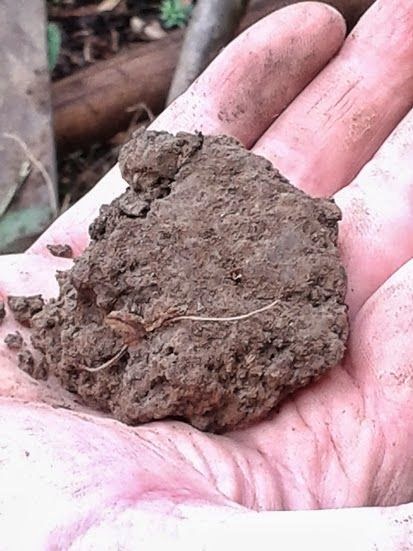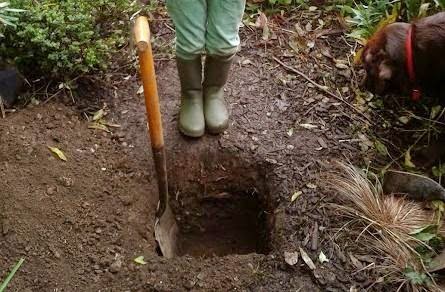..or why we care about pressure. Why do buildings subside? Well the answer is, not surprisingly, that they are too heavy for the ground that supports them.
How do you know if your house is going to subside? Well, the answer depends on two things – how much your house weighs and how much pressure the ground is able to sustain.
When a piece of ground is under more pressure than it can sustain it either shears (moves out of the way of the pressure) or compresses. In either case the building will move also. Some compression of the ground is normal after any new building is erected as inconsistencies in the soil make-up are consolidated, however, the resulting movement is normally small and short-lived and known as ‘settlement’.
The ability of the ground to support a load is known as its bearing capacity. If you were still awake during the previous instalment, you will know that this is measured with the SI unit for pressure: kN/m2 (or pounds per square foot in the US).
The bearing capacity of ground varies according to its constituency and, because the make-up of ground is highly variable, it is only possible to give a very rough guide to soil types, but here are a some examples of commonly accepted ranges:
- soft, muddy or humus rich soil 25-35 kN/m2
- soft clays 75-150 kN/m2
- stiff clays 150-300 kN/m2… to:
- compact sandy gravel 1000 kN/m2
So with this as a guideline we can now work out what the maximum pressure we can place on a particular piece of ground.
Footings
A footing is an enlarged base for a foundation. Footings are a good way to stop your building falling down, since they spread the load over a larger area and mean that you can build on ground that has a lower bearing capacity than if you just put your foundations straight on top of the soil.
Those of you who have ever poked around in the basement of an old house will know that before 1950 pretty much no one bothered with footings. How did they get away with it? By building on ground that they knew had a sufficient bearing capacity (which is to say, they avoided places where buildings sank, cracked of fell down).
This is a problem when you are doing a pioneering shed project, since no-one ever built on you plot until now – meaning you can’t check the falling-down precedent.
So some sub-soil research is needed. Now, for reasons I won’t bore you with, I happen to know a little bit about the local geology of Hertfordshire, which essentially boils down to this: the valleys are chalk (hence our lovely chalk streams and rivers) and the hills – upon one of which is Redbourn is perched – are on boulder clay. Knowing this did not prevent me – with the help of a stray son – from digging a hole to prove it.

